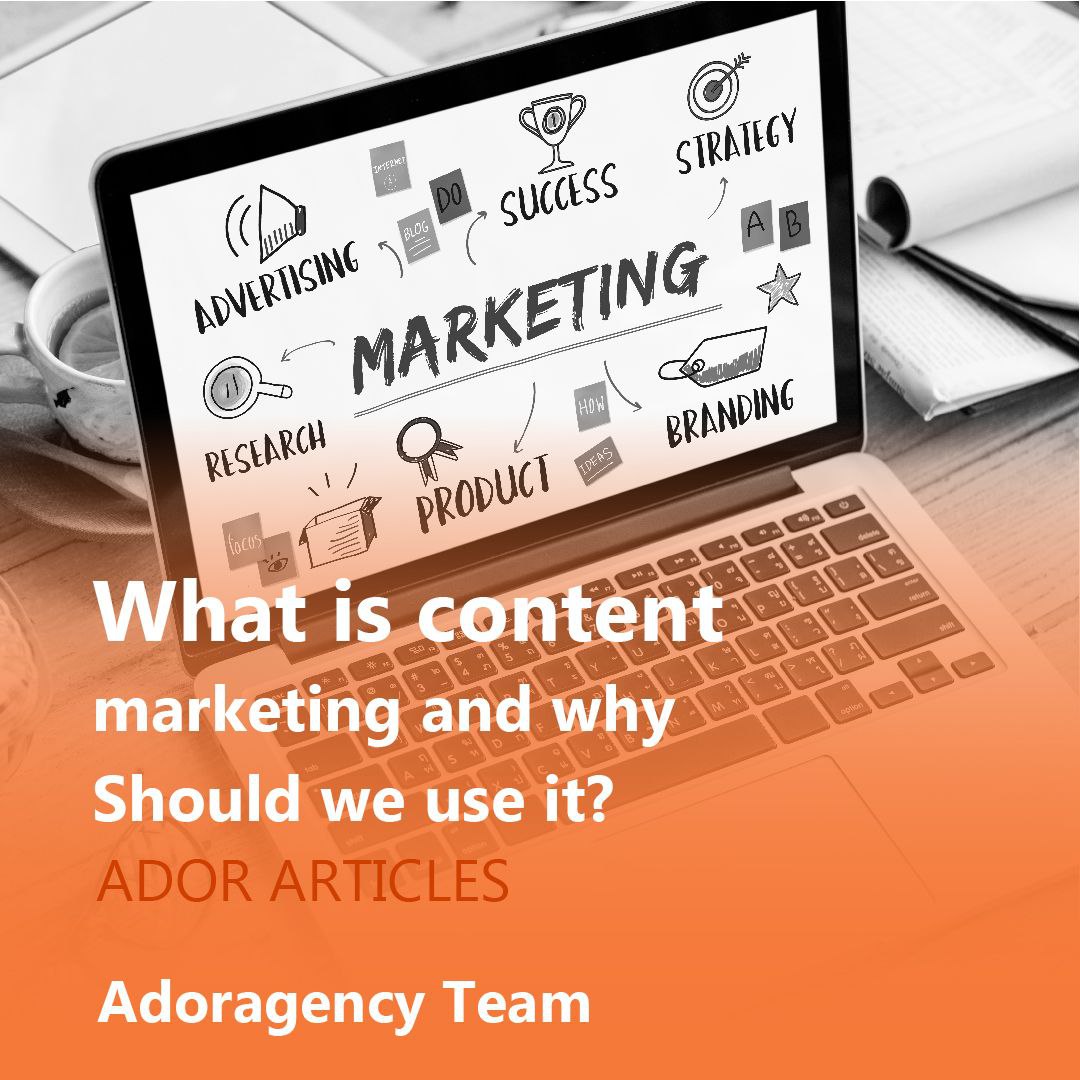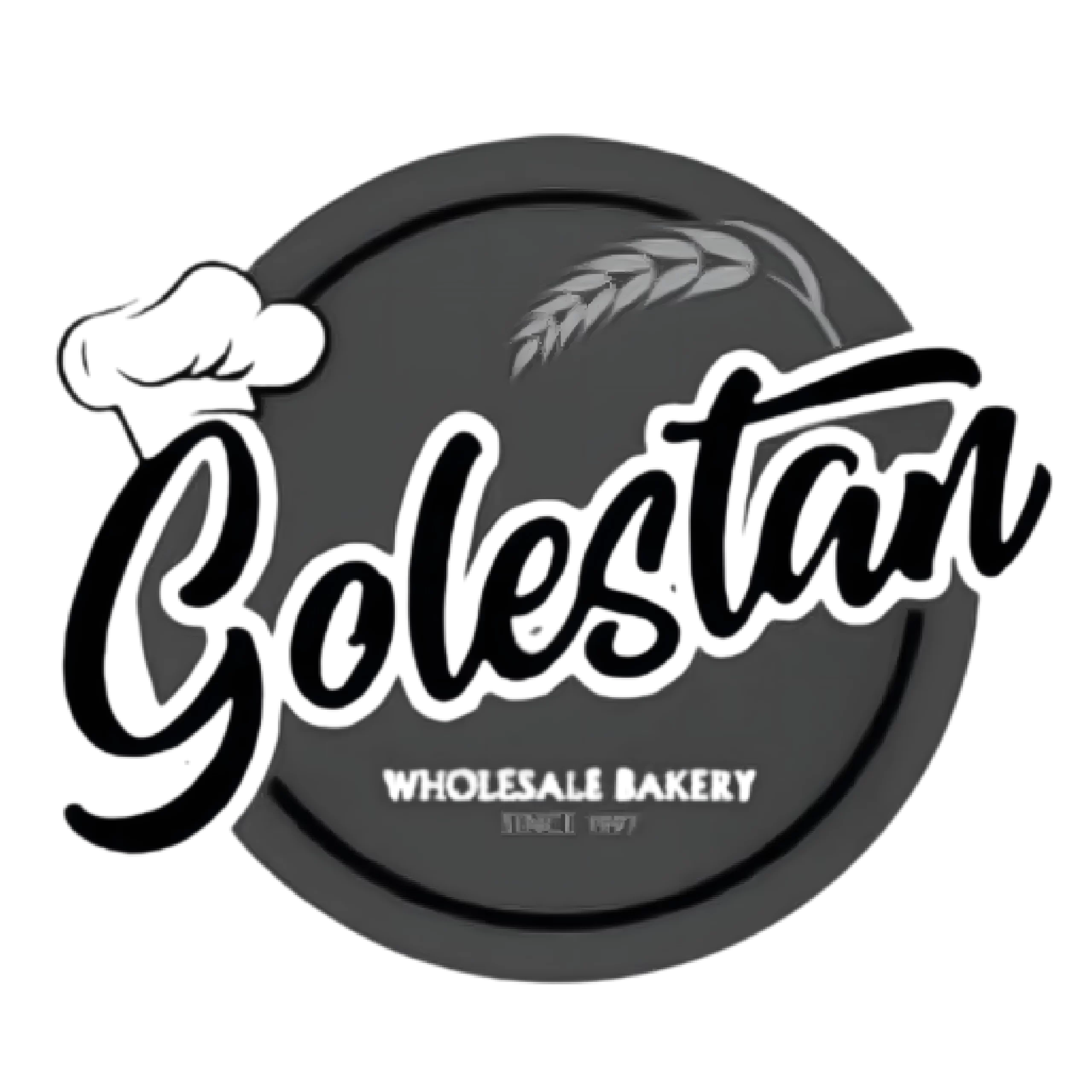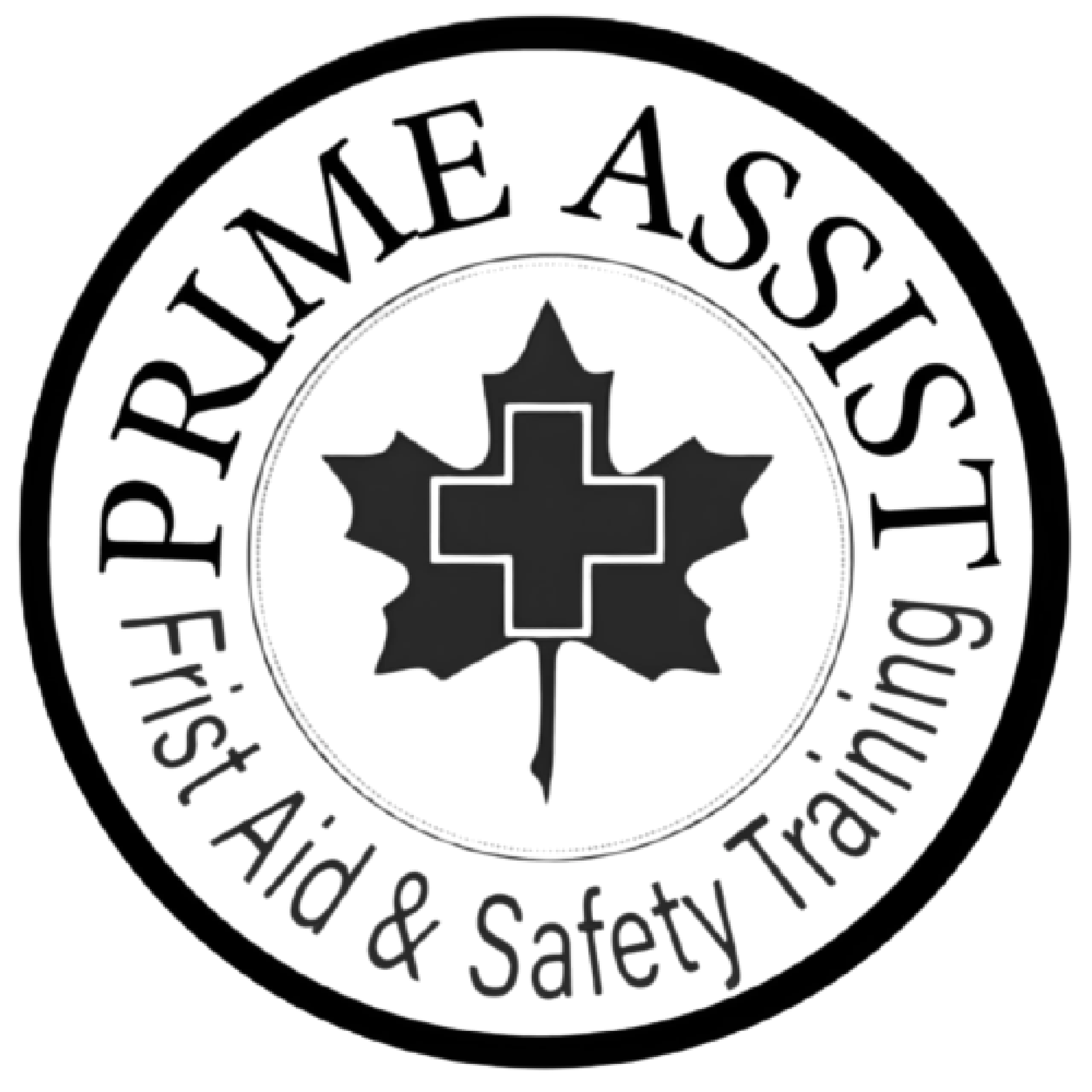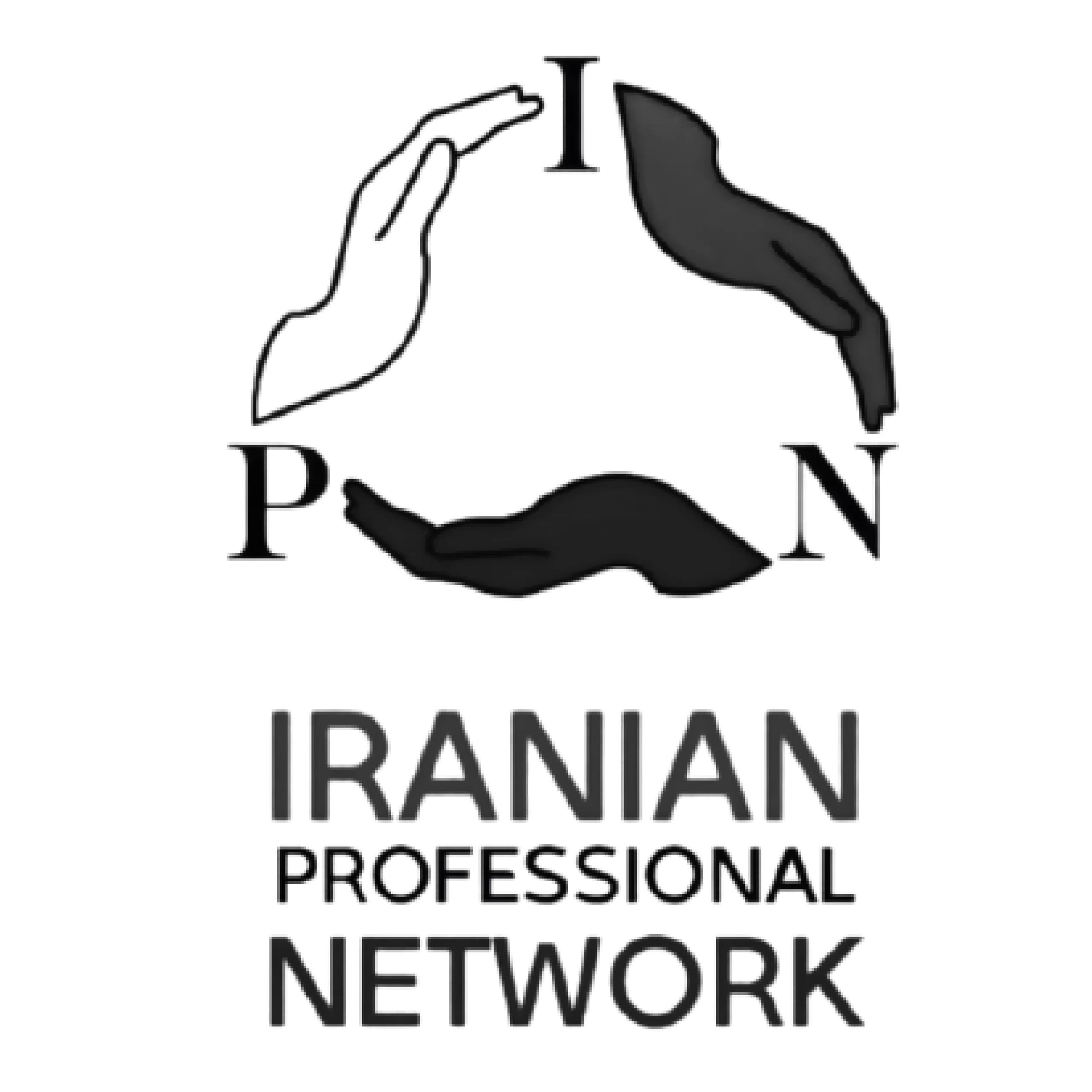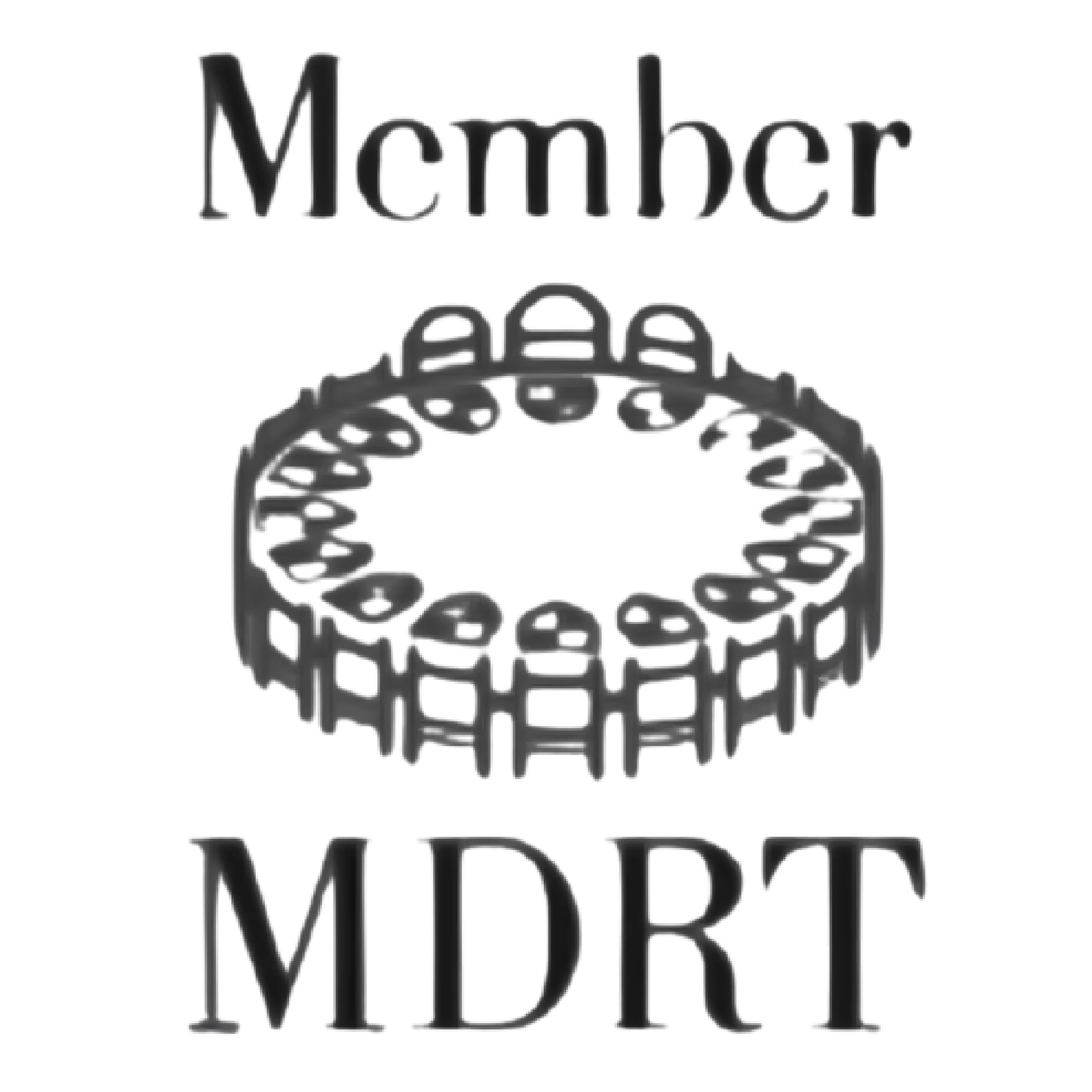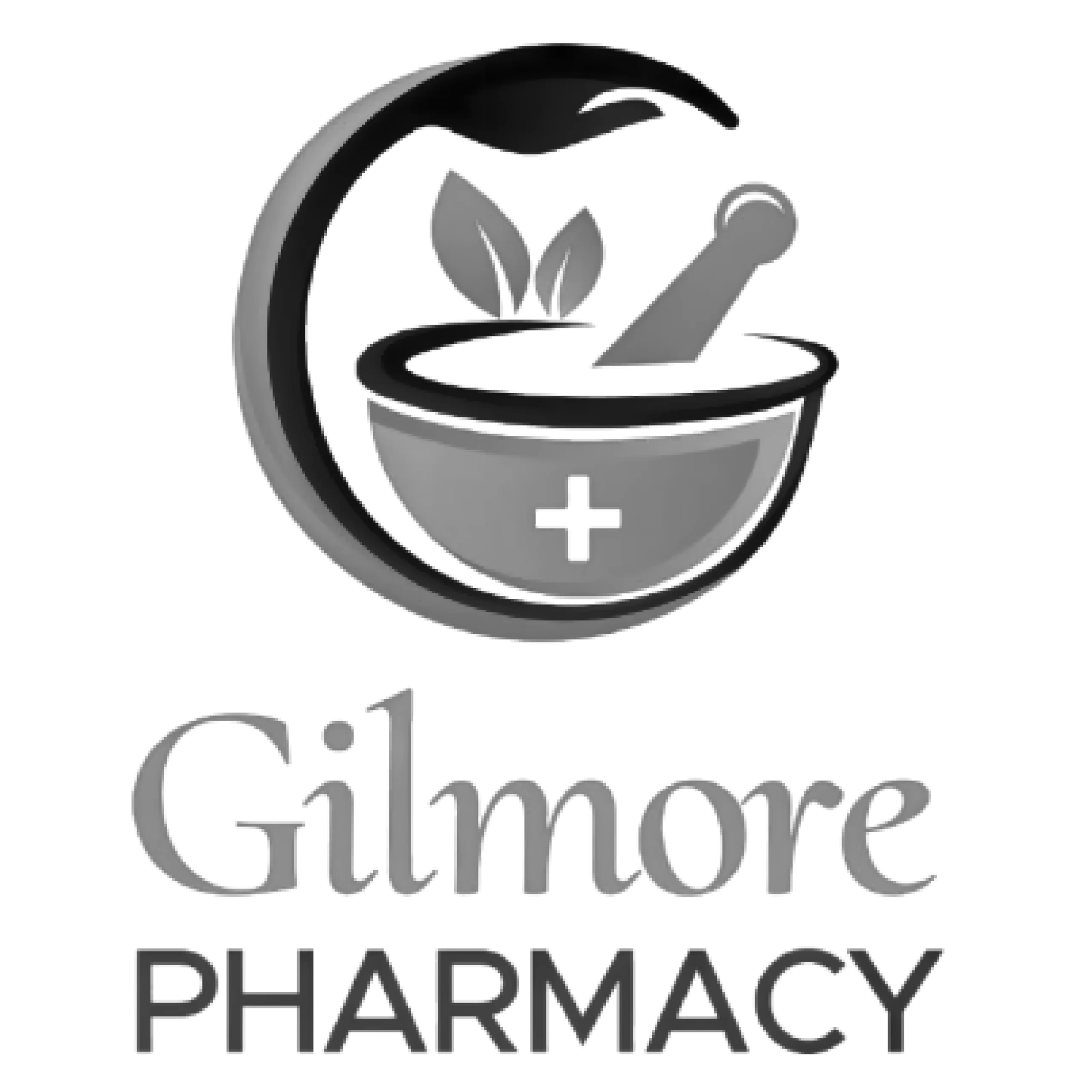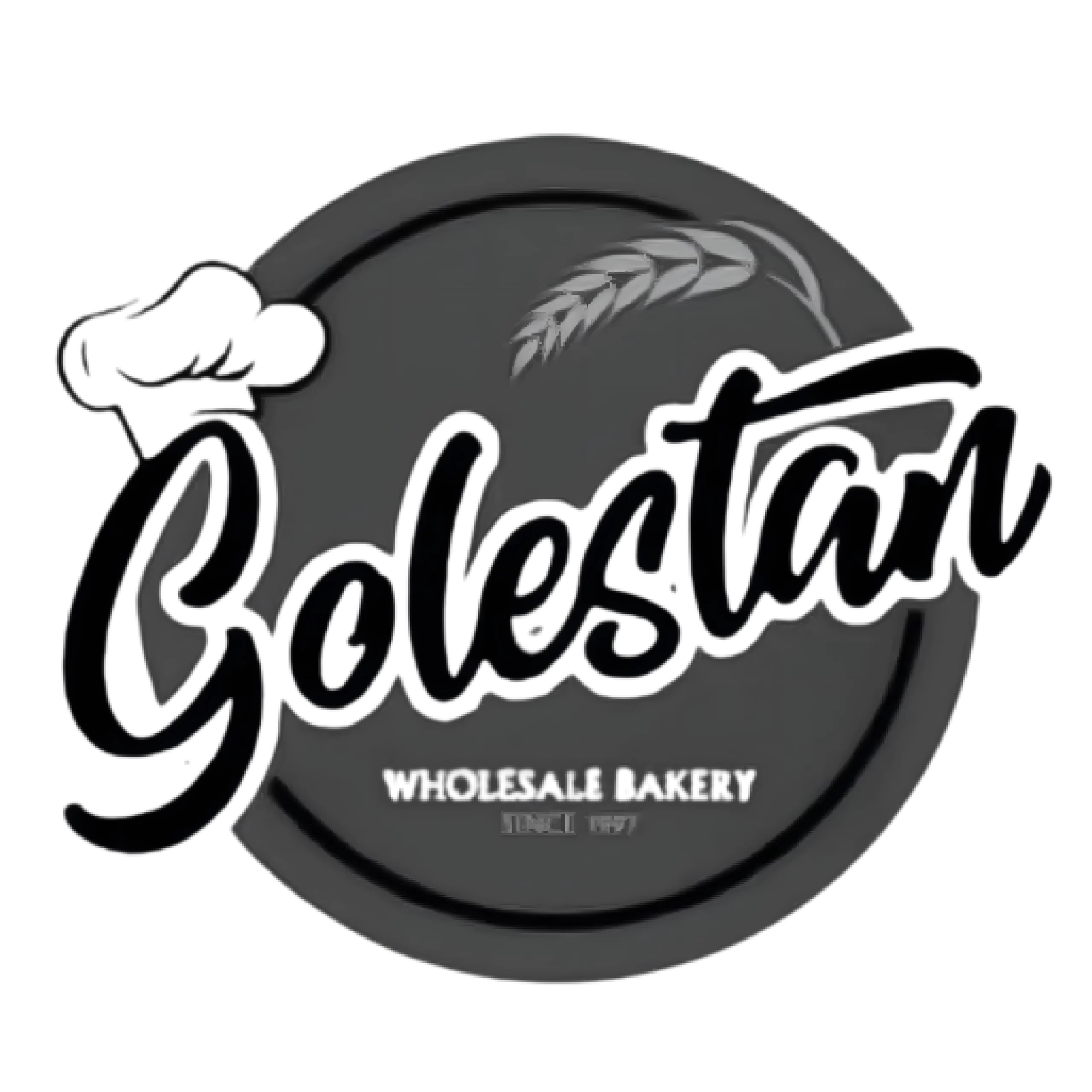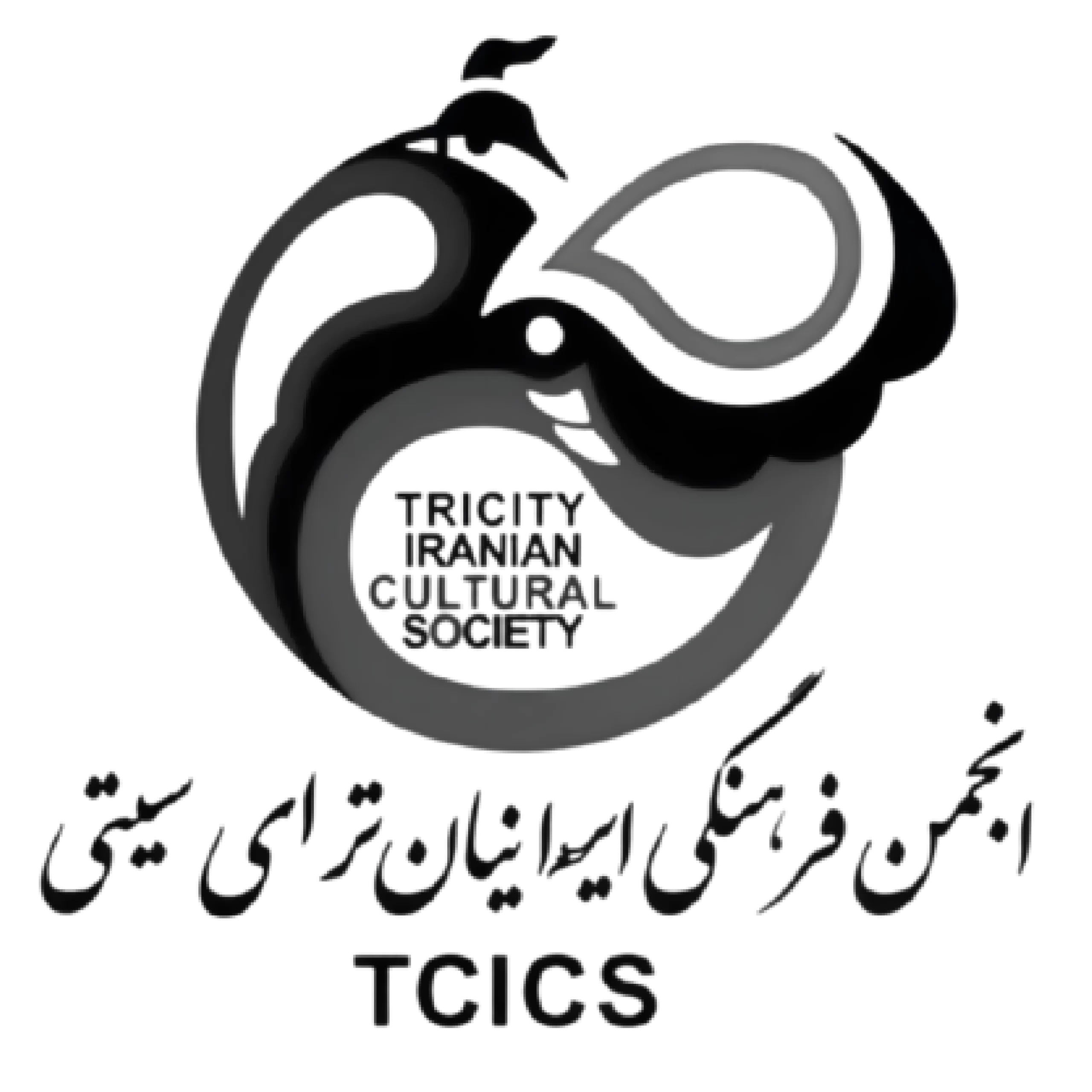Content marketing is a strategic approach that empowers you to create, publish, and distribute valuable, relevant, and consistent content. This content is designed to attract and engage a clearly defined audience, aiming to drive profitable customer action. In the rest of this article, follow us from the Ador Digital Marketing Agency blog for more information about content marketing and discover how you can take control of your marketing strategies.
What is Content Marketing?
Content marketing is a strategic approach that involves creating and distributing valuable, relevant, and consistent content. A key aspect of this strategy is understanding your audience’s needs and interests. By tailoring your content to address these specific needs and interests, you can attract and retain your audience, increasing the likelihood of driving profitable customer action.
At its core, content marketing is about more than just promotion. It’s about building relationships with your customers and prospects. By creating and sharing content that resonates with your audience, you can position your brand as a trusted authority in your industry, fostering trust and credibility.
Practical content marketing can take many forms, including blog posts, videos, podcasts, infographics, whitepapers, and social media posts. The key is to create a content strategy that aligns with your business goals and provides a consistent, cohesive experience for your audience across multiple channels.

What are the Benefits of Content Marketing?
Content marketing has emerged as a game-changer in the digital age, offering businesses a powerful way to connect with their target audience and achieve their marketing goals. Companies can unlock many benefits beyond driving sales by consistently creating and sharing valuable, relevant, and engaging content. Here are seven remarkable advantages of embracing content marketing, each one a testament to your potential for success:
- One of the key benefits of content marketing is the opportunity to increase your brand’s awareness and visibility. By showcasing your brand’s expertise, values, and personality through high-quality content, you can stand out in a crowded marketplace. This can help you reach a wider audience and establish your brand as a thought leader in your industry.
- Content marketing is a highly cost-effective way to generate leads and drive sales. By providing valuable information to your target audience, you can attract potential customers actively seeking solutions to their problems. This approach makes them more likely to engage with your brand, increasing sales.
- Improved Rankings Search engines favour websites that consistently publish fresh, relevant, high-quality content. By optimizing your content for relevant keywords and topics, you can improve your website’s search engine rankings, driving more organic traffic to your site. This proven strategy can give you the confidence that your efforts will be rewarded.
- Enhanced Customer Engagement and Loyalty Content marketing allows you to build strong relationships with your audience by providing valuable information, insights, and entertainment. By consistently delivering content that resonates with your target audience, you can foster trust, loyalty, and long-lasting connections with your customers.
- Increased Credibility and Thought Leadership By positioning your brand as a reliable source of information and expertise, content marketing can help you establish credibility and thought leadership in your industry. This can attract potential customers and open new opportunities like speaking engagements, partnerships, and collaborations.
- Better Customer Retention and Advocacy Content marketing can play a crucial role in retaining existing customers by providing them with ongoing value and support. By consistently delivering relevant and valuable content, you can nurture customer relationships, increase customer satisfaction, and encourage customer advocacy and referrals.
- Valuable Insights and Data Through content marketing, you can gain valuable insights into your audience’s interests, behaviours, and preferences. By analyzing website traffic, engagement metrics, and content performance, you can refine your content strategy, better understand your target market, and make more informed business decisions.
By leveraging the power of content marketing, businesses can attract and engage their target audience, foster long-lasting relationships, establish themselves as industry leaders, and ultimately drive sustainable growth and success.

Different types of Content Marketing
Content marketing encompasses various formats and channels, each with unique strengths and opportunities for engaging your audience. By understanding and leveraging the different types of content marketing, you can create a well-rounded strategy that caters to your target audience’s diverse preferences and consumption habits. Here are some of the most popular and effective forms of content marketing:
- Blog Posts and Articles Blogs are often the cornerstone of content marketing strategies. Well-written, informative blog posts and articles can establish your brand as a knowledgeable authority, attract organic traffic, and foster engagement with your audience.
- Infographics and Visual Content In today’s visually driven world, infographics and other visual content formats, such as images, charts, and graphics, can effectively communicate complex information quickly and engagingly.
- Videos Video content has become increasingly popular due to its ability to capture attention, convey messages effectively, and evoke emotions. From educational videos and product demos to behind-the-scenes footage and live streams, video marketing offers numerous opportunities to connect with your audience.
- Podcasts are a convenient and engaging way to deliver audio content to your audience. They allow you to share your expertise, stories, and insights in a format that can be consumed on the go or during daily routines.
- Case Studies and Success Stories Showcasing real-world examples and success stories can be a powerful way to demonstrate the value of your products or services. Case studies can provide social proof, build trust, and help potential customers envision your business’s benefits.
- Social Media Content Social media platforms offer a unique opportunity to share bite-sized content, engage in real-time conversations, and build a community around your brand. From social media posts and live updates to interactive polls and contests, social media content can help you connect with your audience more personally and immediately.
- Interactive Content Interactive content, such as quizzes, calculators, and assessments, can effectively engage your audience, gather valuable data, and provide personalized experiences.
By combining various types of content marketing, you can create a well-rounded strategy that caters to different audience preferences, consumption habits, and stages of the buyer’s journey. This diversity keeps your content fresh and engaging and increases the chances of reaching and resonating with your target audience across multiple touchpoints.

How to Write Blog Posts that Rank?
Writing blog posts that rank well on search engines is a combination of art and science. It requires understanding your audience, creating high-quality content, and optimizing it for search engines. Here are some essential tips to help you write blog posts that rank:
- Conduct Keyword Research Keyword research is the foundation of any successful SEO strategy. Identify relevant keywords and phrases your target audience is searching for and incorporate them strategically into your content. Use tools like Google Keyword Planner, SEMrush, or Ahrefs to find valuable keywords with high search volume and low competition.
- Craft Compelling Titles Your blog post title is the first thing that attracts readers and search engines. Craft attention-grabbing titles that accurately reflect the content of your post and include your primary keyword. Enticing titles can increase click-through rates and improve your search engine rankings.
- Optimize Meta Descriptions Meta descriptions are short snippets of text that appear under your page’s URL in search results. Craft compelling, keyword-rich meta descriptions that accurately summarize your content and encourage users to click through to your blog post.
- Produce High-Quality, Valuable Content Search engines prioritize content that provides value to users. Create well-researched, informative, and engaging blog posts that address your audience’s pain points, questions, or interests. Aim to provide unique insights, expert opinions, or practical solutions that set your content apart from competitors.
- Structure Your Content Organize your blog posts with clear headings, subheadings, and bullet points to improve readability and scannability. Break up large blocks of text with images, videos, or other visual elements to enhance the user experience and engagement.
- Optimize for On-Page SEO Incorporate your target keywords strategically throughout your blog post, including in the title, headings, meta description, image alt text, and body content. However, avoid keyword stuffing, harming your rankings and turning off readers.
- Build Internal and External Links Link to relevant, authoritative sources within your blog post to provide additional context and value to your readers. Additionally, create internal links to other related content on your website to improve user experience and search engine crawlability.
- Promote and Share Your Content Content promotion is crucial for driving traffic and improving search engine rankings. Share your blog posts on social media, engage with your audience, and consider guest posting or collaborating with influencers in your niche to expand your reach and attract backlinks.
- Monitor and Analyze Performance Regularly monitor your blog posts’ performance using tools like Google Analytics or Search Console. Analyze metrics such as organic traffic, bounce rates, and conversion rates to identify areas for improvement and adjust your content strategy accordingly.
Writing blog posts that rank well on search engines is an ongoing process that requires consistent effort, adaptation, and a deep understanding of your audience and industry. By following these tips and continuously refining your approach, you can create high-quality, SEO-friendly content that resonates with your target audience and drives organic traffic to your website.

Keyword Research Strategies
Keyword research is the foundation of an effective content marketing strategy. By identifying the right keywords and understanding how your target audience searches for information, you can create content that resonates with them and ranks well in search engine results. Here are some powerful keyword research strategies to help you unlock the full potential of your content marketing efforts:
- Define Your Target Audience and Goals Before diving into keyword research, it’s crucial to have a clear understanding of your target audience and their needs, interests, and pain points. Additionally, define your content marketing goals, whether it’s increasing brand awareness, driving website traffic, generating leads, or improving conversions. This clarity will guide your keyword research and ensure you’re targeting the correct terms.
- Leverage Keyword Research Tools Utilize powerful keyword research tools like Google Keyword Planner, Semrush, Ahrefs, or Moz Keyword Explorer to uncover valuable keywords. These tools provide insights into search volume, competition levels, and related keywords, enabling you to make data-driven decisions and identify opportunities for content optimization.
- Explore Long-Tail Keywords While high-volume, broad keywords can be tempting, focusing on long-tail keywords (more specific, multi-word phrases) can often yield better results. Long-tail keywords tend to have lower competition and higher conversion rates, as they’re more aligned with user intent and specific search queries.
- Analyze Competitor Keywords Conducting a competitor analysis can provide valuable insights into the keywords your rivals are targeting. Use tools like SEMrush or Ahrefs to identify the keywords your competitors are ranking for and explore opportunities to create more comprehensive content around those topics.
- Understand User Intent Understanding user intent is crucial when selecting keywords. Consider the different stages of the buyer’s journey and the types of queries associated with each stage. For example, informational keywords like “what is content marketing” may be more suitable for top-of-the-funnel content, while transactional keywords like “buy content marketing services” align with bottom-of-the-funnel content.
- Analyze Search Results When researching keywords, analyze the top-ranking pages. Look for content gaps, areas for improvement, or new angles you can explore to create better, more comprehensive content that effectively addresses user needs.
Implementing these effective keyword research strategies can help you create content that aligns with your target audience’s needs and search behaviour. This will ultimately drive more qualified traffic, improve search engine rankings, and increase the overall success of your content marketing efforts.
Creating Content that Converts
Content marketing is not just about attracting eyeballs; it’s about driving meaningful actions and conversions. Whether you aim to generate leads, boost sales, or increase engagement, your content must captivate your target audience and compel them to take the desired action. Here are some essential strategies for creating content that converts:
Understanding Your Target Audience
Before you start creating content, it’s crucial to have a deep understanding of your target audience. Conduct thorough research to identify their demographics, interests, pain points, and preferences. Use this information to craft content that resonates with them and addresses their needs and challenges.
Writing Compelling Titles and Intros
The title and introduction of your content are the first impressions that can make or break your chances of engaging your readers. Craft attention-grabbing titles that pique curiosity and accurately reflect the content’s value proposition. Follow it up with a compelling introduction that hooks the reader and sets the stage for the rest of the content.
Calls-to-Action that Drive Conversions
Strategic calls-to-action (CTAs) are essential for guiding your audience towards the desired action, whether subscribing to a newsletter, downloading a resource, or purchasing. Craft compelling CTAs that communicate the value proposition and use persuasive language to encourage action.
What Are the Best AI Marketing Tools in 2024?
Optimizing for Search Engines
While creating engaging content is crucial, optimizing it for search engines is equally important. Conduct keyword research, incorporate relevant keywords strategically throughout your content, and follow on-page SEO best practices to improve visibility and drive organic traffic.
Content Marketing Tools and Resources
In the ever-evolving content marketing landscape, having the right tools and resources at your disposal can significantly impact your success. These tools can streamline your workflow, enhance your content creation process, and provide valuable insights to improve your content marketing strategy. Here are some essential tools and resources to consider:

1. Content Creation and Collaboration Tools
- Google Docs/Microsoft Office: Collaborative writing and editing tools for seamless teamwork.
- Grammarly: Grammar checking and writing enhancement tool.
- Canva: User-friendly graphic design tool for creating visuals like infographics and social media posts.
- Lumen5: Video creation platform for transforming blog posts into engaging videos.
2. Content Management Systems (CMS)
- WordPress: Versatile and user-friendly CMS for building and managing websites and blogs.
- HubSpot CMS: Comprehensive content management system with built-in marketing automation features.
- Wix: Intuitive website builder with blogging capabilities and customizable templates.
3. Search Engine Optimization (SEO) Tools
- Google Search Console: Monitor your site’s performance in Google search results and identify optimization opportunities.
- SEMrush: Comprehensive SEO toolkit for keyword research, competitor analysis, and rank tracking.
- Ahrefs: Powerful SEO tool for backlink analysis, keyword research, and site audits.
- Yoast SEO (WordPress Plugin): Optimize your WordPress content for better search engine visibility.
4. Content Distribution and Promotion Tools
- Buffer/Hootsuite: Social media management tools for scheduling and publishing content across multiple platforms.
- Buzzsumo: Identify your niche’s most shared content and influencers for outreach and promotion.
- Mailchimp/Constant Contact: Email marketing platforms for building and managing email campaigns.
5. Content Analytics and Reporting Tools
- Google Analytics: Track website traffic, user behaviour, and conversion metrics.
- Hotjar: Understand user behaviour with heatmaps, recordings, and feedback tools.
- BuzzSumo: Analyze content performance and identify popular topics and high-performing content formats.
6. Content Marketing Resources
- Content Marketing Institute: Educational resources, blogs, and industry reports on content marketing best practices.
- Copyblogger: Blog and resources focused on content creation, copywriting, and content strategy.
- Moz Blog: Valuable insights and tips on SEO, content marketing, and digital marketing strategies.
By leveraging these tools and resources, you can streamline your content creation process, optimize your content for search engines, distribute and promote your content effectively, and gain valuable insights into your content’s performance. Investing in the right tools and resources can help you stay ahead of the curve and maximize the impact of your content marketing efforts.
![]()
SEO and Keyword Research Tools and Content Creation and Optimization Tools
In the dynamic world of content marketing, having the right tools at your disposal can make a significant difference in your success. These tools can streamline your workflow, enhance your content creation process, optimize your content for search engines, and provide valuable insights to improve your overall content marketing strategy. Here are some essential tools to consider:
SEO and Keyword Research Tools:
- Google Search Console: Monitor your site’s performance in Google search results, identify optimization opportunities, and track keyword rankings.
- Semrush: Comprehensive SEO toolkit for keyword research, competitor analysis, backlink analysis, and rank tracking.
- Ahrefs: Powerful SEO tool for keyword research, site audits, and in-depth backlink analysis.
- Moz Keyword Explorer: Discover keyword opportunities, analyze competition levels, and get keyword suggestions.
- Ubersuggest: Free keyword research tool that provides keyword ideas, search volume, and competition data.
Content Creation and Optimization Tools:
- Google Docs/Microsoft Office: Collaborative writing and editing tools for seamless teamwork.
- Grammarly: Grammar checking and writing enhancement tool to improve content quality.
- Canva: User-friendly graphic design tool for creating visuals like infographics, social media posts, and featured images.
- Lumen5: Video creation platform for transforming blog posts into engaging videos.
- Yoast SEO (WordPress Plugin): This plugin optimizes your WordPress content for better search engine visibility with on-page SEO recommendations.
- Clearscope: AI-powered content optimization tool that helps you create SEO-friendly and comprehensive content.
Content Analytics and Reporting Tools:
- Google Analytics: Track website traffic, user behavior, and conversion metrics.
- Hotjar: Understand user behavior with heatmaps, recordings, and feedback tools.
- BuzzSumo: Analyze content performance and identify popular topics and high-performing content formats.
- SEMrush Content Audit Tool: Evaluate your content’s effectiveness and identify areas for improvement.
What is SEO and How Does it Work?
By leveraging these powerful tools, you can conduct comprehensive keyword research, create high-quality, SEO-friendly content, optimize your existing content for better search engine visibility, distribute and promote your content effectively across various channels, and gain valuable insights into your content’s performance. Investing in the right tools can streamline your content marketing efforts, help you stay ahead of the competition, and ultimately drive better results for your business.

Conclusion
Content marketing is an essential strategy in today’s digital landscape. It enables businesses to build brand awareness, establish trust, and engage with their target audience through valuable and relevant content. By consistently delivering quality content and effectively distributing it, companies can drive profitable customer actions, enhance their SEO, and achieve a higher return on investment than traditional marketing methods. Content marketing fosters long-term customer relationships and contributes significantly to business growth and success.
FAQs about Content Marketing
1. What is content marketing?
Content marketing is a strategic approach focusing on creating and distributing valuable, relevant, and consistent content to attract and retain a clearly defined audience. Instead of directly promoting products or services, content marketing aims to build trust and establish your brand as a reliable source of information or expertise.
2. Why is content marketing important for businesses?
Content marketing offers several benefits, including increased brand awareness, improved search engine rankings, enhanced customer engagement and loyalty, established thought leadership, and cost-effective lead generation. By providing value upfront, businesses can nurture relationships with their audience and drive profitable customer action.
3. What types of content can be used in content marketing?
Content marketing encompasses various formats, including blog posts, articles, videos, podcasts, infographics, whitepapers, e-books, case studies, social media posts, and more. The key is to choose formats that resonate with your target audience and align with your marketing goals.
4. How do I develop a content marketing strategy?
Developing a successful content marketing strategy involves several steps: defining your target audience, setting clear goals, conducting keyword research, creating a content calendar, optimizing for SEO, promoting your content, and measuring and analyzing performance metrics to refine your approach.
5. How do I measure the success of my content marketing efforts?
Key metrics to measure the success of your content marketing efforts include website traffic, engagement rates (likes, shares, comments), lead generation, conversion rates, search engine rankings, and return on investment (ROI). Tools like Google Analytics, social media analytics, and content performance tracking platforms can provide valuable insights.
6. How often should I publish new content?
Content publishing frequency depends on your industry, resources, and goals. However, consistency is crucial. Many successful content marketers aim for at least one high-quality piece of weekly content, supplemented by more minor, more frequent updates on social media or other channels.
7. How do I promote my content effectively?
Content promotion is essential to ensure your content reaches your target audience. Strategies include social media marketing, email marketing, influencer outreach, guest posting, paid advertising (e.g., social media ads, PPC), and repurposing content across multiple channels.
8. How do I ensure my content stays relevant and engaging?
To keep your content relevant and engaging, stay current with industry trends, monitor audience behavior and preferences, analyze content performance metrics, and regularly update or refresh outdated content. Additionally, encourage audience engagement through calls to action, polls, surveys, or contests

